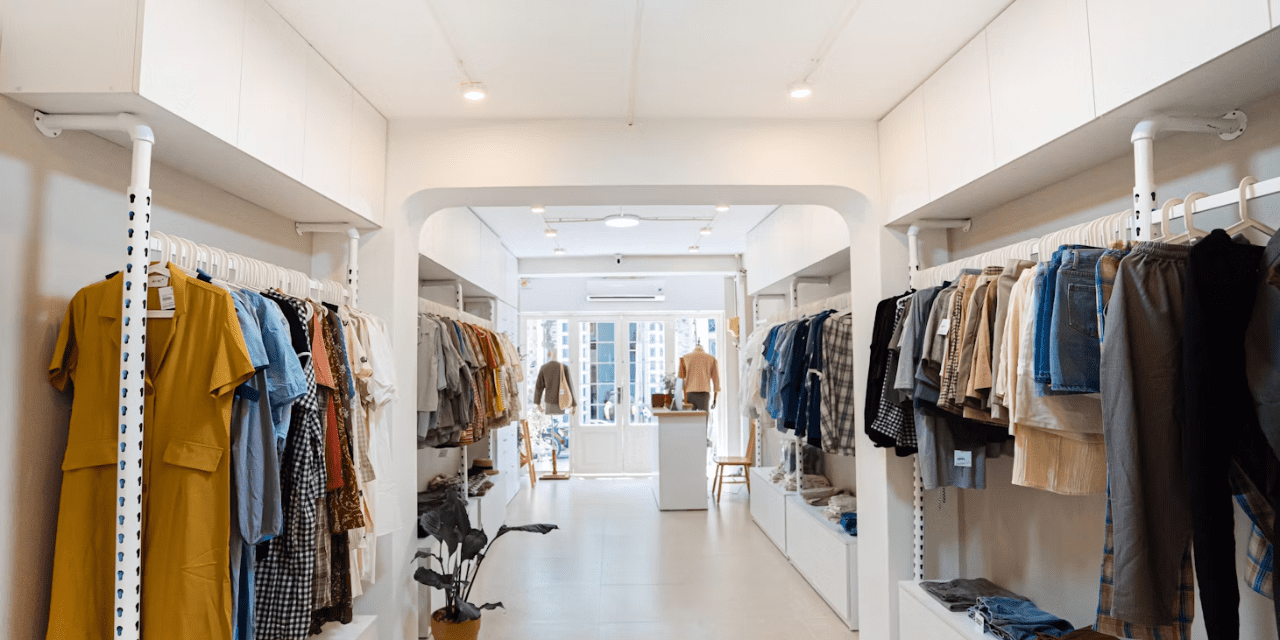The world of fashion is constantly evolving, and its connection with financial growth has never been more significant. The apparel industry is not just about clothing; it represents a dynamic business sector that influences economies globally. As new trends emerge and technology reshapes manufacturing and sales, businesses must adapt to remain competitive. Understanding these changes is crucial for students who want to enter the fashion industry or pursue business and finance-related careers.
For college students studying business, finance, or fashion, understanding the future of apparel is essential. Many assignments focus on market trends, supply chains, and sustainability, all of which play a role in shaping the industry’s future. The increasing demand for ethical production and technological advancements in fashion offer students valuable learning experiences. Those working on fashion-related projects or business studies can benefit from exploring these changes in-depth.
With the growing complexity of the apparel industry, students often face challenges in managing their schoolwork while keeping up with industry trends. Balancing learning about fashion’s financial impact while completing assignments can be overwhelming. If you’re struggling with your studies, you might consider seeking help to do my assignment online, ensuring you stay on top of your academic responsibilities while gaining industry knowledge.
In this article, we’ll explore how fashion meets financial growth, the role of students in shaping the future of apparel, and the importance of understanding business strategies in this industry.
The Apparel Industry and Financial Growth
The Role of Fashion in the Global Economy
The fashion industry is a multi-trillion-dollar sector that significantly contributes to the global economy. With constant consumer demand, apparel brands must strategize to maintain profitability. Understanding financial management within the fashion sector is crucial for students studying business and finance.
Key factors influencing financial growth in fashion include:
- Market demand and consumer behavior
- Sustainable production and ethical practices
- E-commerce and digital transformations
- The influence of social media on brand success
For students interested in business, analyzing these factors provides real-world learning opportunities that can enhance their understanding of financial growth in the fashion industry.
The Connection Between Apparel and Financial Trends
The way consumers purchase clothing has changed dramatically, especially with the rise of online shopping and influencer marketing. Businesses must adapt their financial strategies to align with these shifts.
Students learning about economic principles can apply their knowledge to:
- Evaluating how pricing strategies affect profitability
- Understanding how production costs impact revenue
- Analyzing how market trends shape business decisions
These insights can be valuable for those working on finance or marketing assignments, as they provide practical applications for theoretical knowledge.
The Impact of Technology on Fashion and Learning
Digital Transformation in the Apparel Industry
The integration of technology in fashion has revolutionized the industry. From AI-driven fashion recommendations to automated production, technology continues to shape how apparel is designed, produced, and sold.
Students studying business or technology-related courses can explore:
- How artificial intelligence improves customer experience
- The impact of data analytics on fashion sales
- How automation influences cost efficiency in apparel production
These advancements provide valuable topics for assignments and case studies, offering students an opportunity to analyze how digital tools shape modern fashion businesses.
E-Commerce and the Rise of Online Learning
With the expansion of e-commerce, brands must focus on digital marketing and online retail strategies. Similarly, students are adapting to online learning environments, making it easier to study fashion business trends from anywhere.
Benefits of online learning for students studying fashion and finance include:
- Access to global case studies and industry insights
- The ability to research real-time market changes
- Flexibility to balance schoolwork, homework, and industry research
For students managing multiple assignments, leveraging online resources can help them stay updated while completing coursework efficiently.
Sustainable Fashion and Ethical Business Practices
The Growing Demand for Sustainability
Sustainability is a crucial focus in the apparel industry. Consumers increasingly prefer brands that prioritize ethical sourcing, eco-friendly materials, and fair labor practices.
For students researching fashion business strategies, key sustainability topics include:
- The impact of fast fashion vs. sustainable brands
- How businesses balance profitability and ethical production
- The role of government regulations in sustainable fashion
Learning About Sustainable Business Models
Students studying business and finance can explore case studies on sustainable fashion brands to understand how ethical practices influence profitability. Many assignments focus on corporate social responsibility (CSR) and sustainability, providing insights into how companies adapt to consumer expectations.
The Role of Students in Shaping the Future of Apparel
Career Opportunities in Fashion and Finance
For students passionate about fashion and finance, numerous career opportunities exist. Whether in fashion marketing, financial management for apparel brands, or e-commerce strategy, students can leverage their studies to build successful careers.
Popular career paths include:
- Fashion business analyst
- Retail financial strategist
- E-commerce manager
- Sustainable fashion consultant
How Students Can Prepare for the Industry
To succeed in the apparel industry, students should:
- Stay updated on market trends and financial news
- Network with industry professionals through internships
- Participate in business case competitions and industry events
Engaging in practical learning experiences allows students to bridge the gap between academic studies and real-world business challenges.
Conclusion
The apparel industry is an ever-evolving sector where fashion meets financial growth. For students studying business, finance, or fashion, understanding market trends, sustainability, and technology’s impact can provide valuable insights. By balancing their school assignments with industry research, students can prepare for successful careers in this dynamic field.

